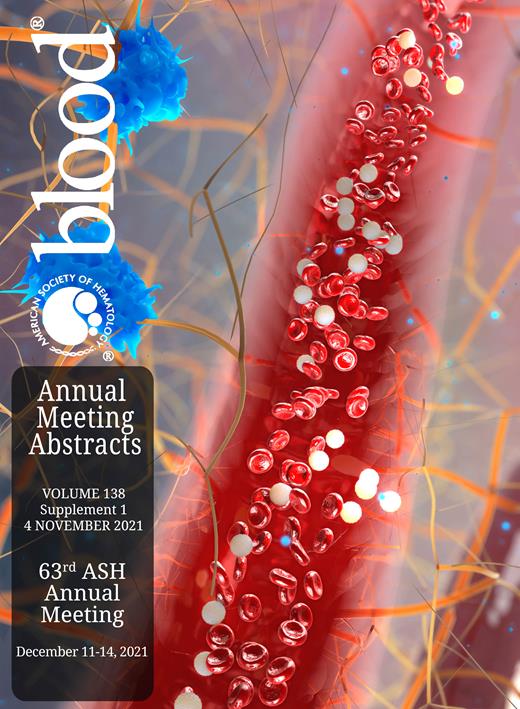Abstract
Acute systemic painful vaso-occlusive episode (VOE) often serves as an antecedent to acute chest syndrome (ACS), which is a type of acute lung injury and the leading cause of mortality among sickle cell disease (SCD) patients. Based on clinical epidemiology, ACS is often preceded by thrombocytopenia and involves massive thrombosis across pulmonary artery branches in 10-20% of ACS patients. Although, released during hemolysis, adenosine diphosphate (ADP) is known to activate platelets by stimulating their P2Y1 and P2Y12 purinergic receptors, antagonists of P2Y12 have not shown any benefit in ACS therapy, justifying the need for better understanding of purinergic signaling in SCD. Ecto-nucleoside-tri-phosphate-diphosphohydrolase-1 (E-NTPDase1; CD39) maintains ADP homeostasis by degrading excessive ADP. Though CD39 inhibits ADP-dependent platelet activation and vascular thrombosis, its role in ASC is still unidentified.
Here, we use intravital lung microscopy in transgenic humanized SCD mice to show that intravascular (IV) administration of ADP triggered pulmonary thrombosis in control mice but failed to trigger pulmonary thrombosis in SCD mice. Identical to intravital findings, IV ADP administration also evoked transient thrombocytopenia in control but not SCD mice, while, IV collagen led to comparable drop in platelet count in both SCD and control mice. In vitro turbidimetric aggregation study yet again demonstrated impaired SCD mouse platelet response to ADP, which was significantly augmented by CD39 inhibitor (sodium metatungstate, POM-1). Indeed, we found significantly higher plasma levels and activity of CD39 in SCD mice compared to control mice using ELISA and malachite green assays, respectively. Hemin, a major host-derived damage associated molecular pattern (DAMP) in SCD, was incubated with Human Lung MicroVascular Endothelial Cell (HMVEC-L) to assess CD39 expression using western blotting. Hemin (10 -100 µM) in a dose dependent manner decreased CD39 levels in HMVEC-L.
Our current findings suggest that elevated CD39 plasma levels and activity possibly prevents ADP-mediated platelet aggregation and pulmonary thrombosis in SCD. We demonstrated that SCD milieu promotes loss of endothelial CD39, which may be directly associated with increased CD39 plasma levels and activity. Current study explains why P2Y12 blockers are not effective in SCD therapy and warrant the need for further studies to understand the role of purinergic signaling in pathogenesis of ACS.
Sundd: Novartis: Membership on an entity's Board of Directors or advisory committees, Research Funding; CSL Behring Inc: Research Funding; Bayer: Research Funding.

